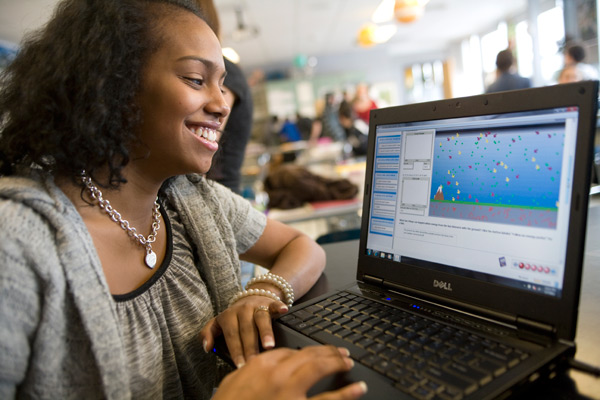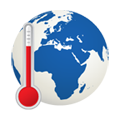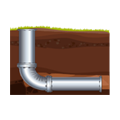High-Adventure Science
High-Adventure Science brings several of the big unanswered questions in Earth and space science — think climate change, the availability of freshwater, land management and more — to middle and high school science classrooms.
Each module includes interactive computer-based systems models and real-world data on unanswered questions scientists are facing today. Students explore evidence and discuss the issues of certainty — and uncertainty — with the models and data.

Interested in receiving updates when new Earth science materials are released or when new research opportunities are available? Sign up now!
Introducing new curriculum package pages for High-Adventure Science modules — the same great curricula, now with enhanced teacher support materials! Each curriculum package includes an interactive Teacher Edition, links to rubrics, background information, and more! (Teacher registration is required to access teacher materials.)
Create a class and register students to get reports of their progress and responses to embedded assessments.
Modules
These free online curriculum lessons were developed for five days of classroom instruction and include one or more Earth systems models plus assessment items.
 What is the future of Earth's climate?
What is the future of Earth's climate?
Earth's temperature has increased over the past 120 years due to increased levels of greenhouse gases in the atmosphere. How will the climate change over the next 120 years? Will there be enough fresh water?
Will there be enough fresh water?
Clean fresh water is a limited and valuable resource, threatened by shortages and pollution. Students use models of groundwater to explore the question, will there be enough fresh water for the future? Is there life in space?
Is there life in space?
There are billions of galaxies filled with billions of stars. Each star has the potential to have planets orbiting it. Does life exist on some of those planets? Will the air be clean enough to breathe?
Will the air be clean enough to breathe?
Smog events are less common than they used to be in the US, but are still common in cities around the world. What factors affect air quality, and how can we ensure the air will be clean enough to breathe? Can we feed the growing population?
Can we feed the growing population?
Our agricultural system is made up of interconnected resources that affect how much food can be produced. Students explore land management models to determine how we can grow enough food to support ourselves. What are our energy choices?
What are our energy choices?
All energy sources have detrimental effects on the environment. In this module, students compare the costs and benefits of different electricity-generating sources to explore the question, what are the best energy sources?


